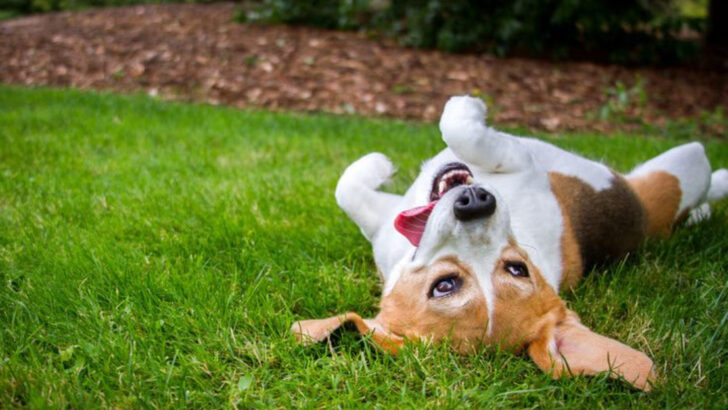Your dog isn’t just being cute — they’re speaking in belly-up code.
That flop onto the back? It’s not always an invite for a tummy rub. Sometimes it’s pure joy. Other times, it’s a strategy. And occasionally… it’s just weird dog stuff.
If you’ve ever caught your pup wriggling on the carpet like they’re auditioning for a comedy, you’ve probably wondered what’s going on in that furry little head.
The truth? That roll could mean nine very different things — from love to submission to “hey, something stinks and I want it all over me.”
Before you assume it’s just playtime, let’s unpack the real reasons behind this belly-up behavior. Your dog might be trying to tell you more than you think.
Seeking Attention

Dogs, like humans, crave attention. When a dog rolls onto its back, it could be a delightful invitation for belly rubs. Imagine your furry friend in the backyard, eyes bright, tail wagging, as if saying, “Notice me!”
This behavior is often seen in playful pups or those pet dogs who’ve learned that their owners can’t resist a good belly rub.
The action is not just about wanting scratches but also about creating a connection. It’s a friendly gesture, a silent request for some tender, loving care.
Temperature Regulation

On a hot day, a dog may roll on its back to cool down. This position exposes the belly, where fur is thinner, allowing heat to escape more easily. Picture a warm afternoon, and your dog seeking the cool embrace of the earth.
This natural air conditioning mechanism is quite clever and shows how dogs intuitively manage their body temperature.
By rolling on their backs, they make full use of their environment, ensuring comfort even when the sun blazes.
Sign of Submission
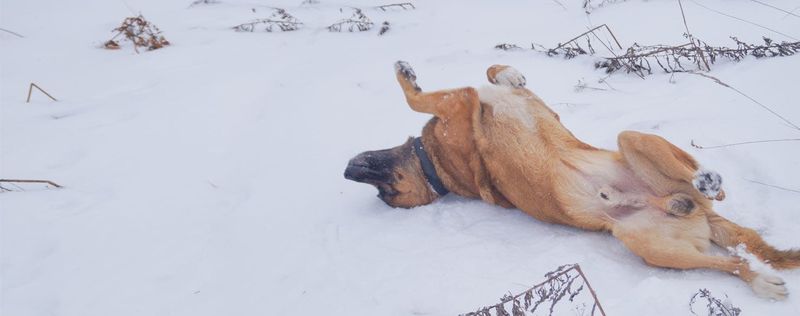
Rolling onto the back can be a sign of submission, especially in a dog park. In canine social structures, exposing the belly is a gesture of trust and deference.
Imagine a gentle, peaceful scene where your dog respects the hierarchy among its friends. This behavior can prevent conflicts and promote harmony. Your dog might be saying, “I mean no harm,” showing a peaceful resolution to potential tension.
Such body language speaks volumes in the world of dogs.
Comfort and Relaxation
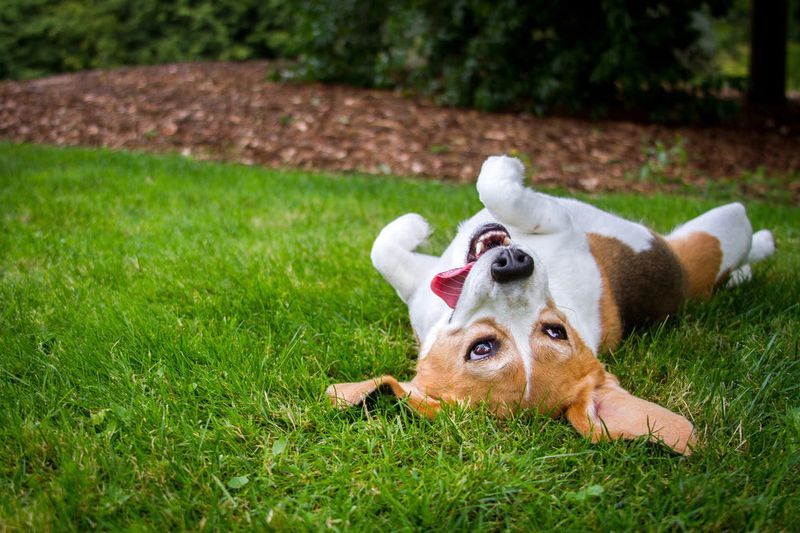
For some dogs, rolling on their backs is the epitome of comfort and relaxation. Think of a lazy afternoon when your pet finds the perfect spot on a soft rug, embodying tranquility.
This position can help relieve tension in muscles and joints, making it a go-to posture for relaxation. It signifies a contentment that only comes from feeling safe and at ease in their environment, embracing the joys of domestic life.
Playful Antics
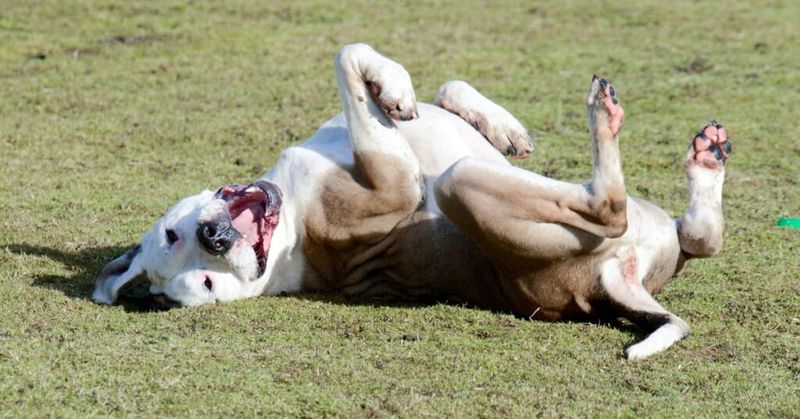
Dogs often roll on their backs during playtime, filled with joy and energy. Imagine a joyful romp in the park, where your dog tumbles over with abandon, lost in the moment.
This playful behavior is not just about fun but also a way to engage with others, both human and canine companions. It’s a charming display of happiness, capturing the essence of carefree doggy life.
Scratching an Itch
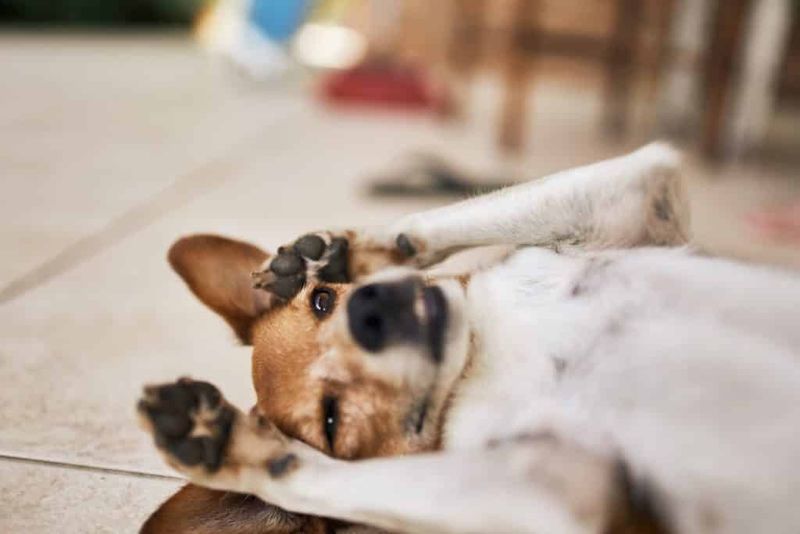
Sometimes, rolling is simply about scratching that unreachable itch. Picture your dog in a meadow, joyfully twisting and turning to find relief.
This behavior is instinctual and practical, allowing dogs to manage those hard-to-reach spots.
It’s a spontaneous moment of self-care that every dog owner can relate to, showcasing their pet’s ability to handle minor irritations all on their own.
Happiness and Contentment
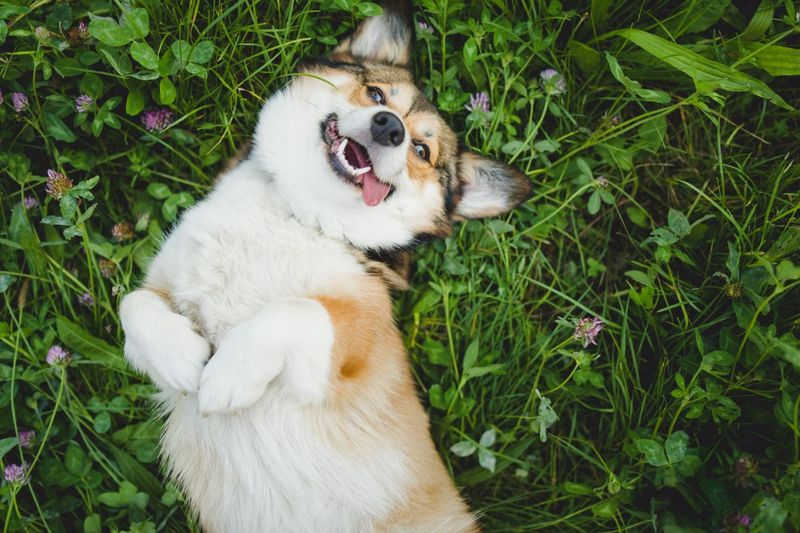
Rolling on their backs can be a sign of sheer happiness. Imagine your dog basking in a sunbeam, eyes closed in bliss. This simple act can express a deep sense of contentment.
In such moments, dogs communicate their satisfaction with life, reflecting their joy in being part of a loving home. It’s a small gesture, but one that speaks to the heart of any dog lover.
Exploring Scents
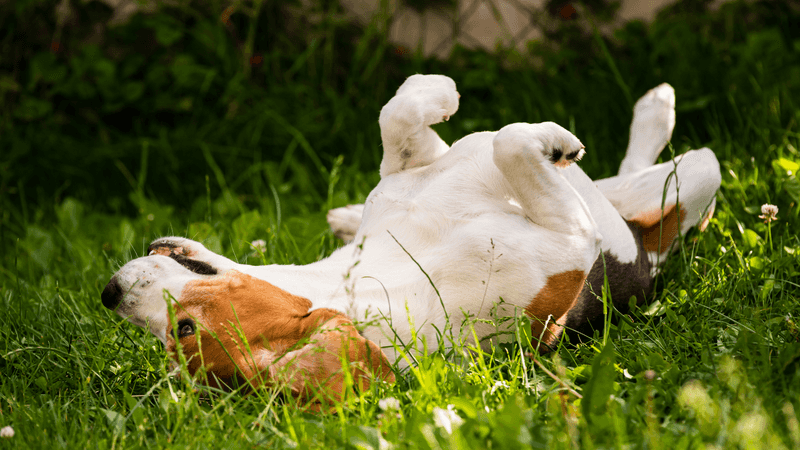
Rolling can also be about exploring and absorbing scents. Picture your dog in a field, surrounded by the rich tapestry of smells, rolling to capture the essence of the environment.
This behavior connects them to their instincts, a nod to their wild ancestry.
By rolling, they gather information about their surroundings, engaging with the world around them in a tactile way.
Marking Territory

Dogs have scent glands on their backs, and rolling can be a method of marking territory. Envision your dog in the garden, rolling with purpose, leaving its personal mark.
This act of scent-marking is a way for dogs to establish their presence. It’s a subtle yet profound way of staking a claim, declaring, “I’ve been here.”
This behavior underscores their connection to the primal instincts that guide them.

